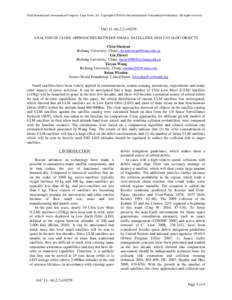 Date: 2011-10-18 06:53:13Earth orbits Astrodynamics Satellites Celestial mechanics Litter Space debris Satellite Geocentric orbit United States Space Surveillance Network Spaceflight Spacecraft Space | |  62nd International Astronautical Congress, Cape Town, SA. Copyright ©2010 by the International Astronautical Federation. All rights reserved. IAC-11-A6,2,2,x10259 ANALYSIS OF CLOSE APPROACHES BETWEEN SMALL SATELLITES A 62nd International Astronautical Congress, Cape Town, SA. Copyright ©2010 by the International Astronautical Federation. All rights reserved. IAC-11-A6,2,2,x10259 ANALYSIS OF CLOSE APPROACHES BETWEEN SMALL SATELLITES A
Add to Reading ListSource URL: swfound.orgDownload Document from Source Website File Size: 319,78 KBShare Document on Facebook
|

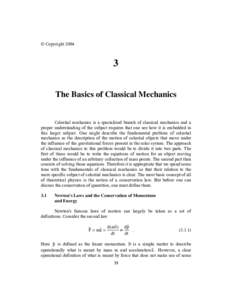
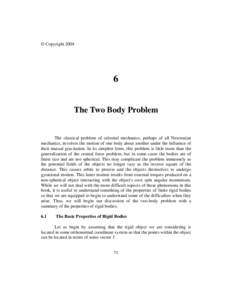
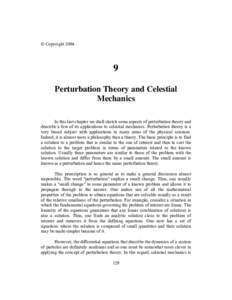
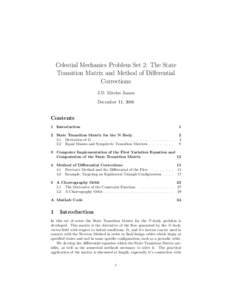
 62nd International Astronautical Congress, Cape Town, SA. Copyright ©2010 by the International Astronautical Federation. All rights reserved. IAC-11-A6,2,2,x10259 ANALYSIS OF CLOSE APPROACHES BETWEEN SMALL SATELLITES A
62nd International Astronautical Congress, Cape Town, SA. Copyright ©2010 by the International Astronautical Federation. All rights reserved. IAC-11-A6,2,2,x10259 ANALYSIS OF CLOSE APPROACHES BETWEEN SMALL SATELLITES A